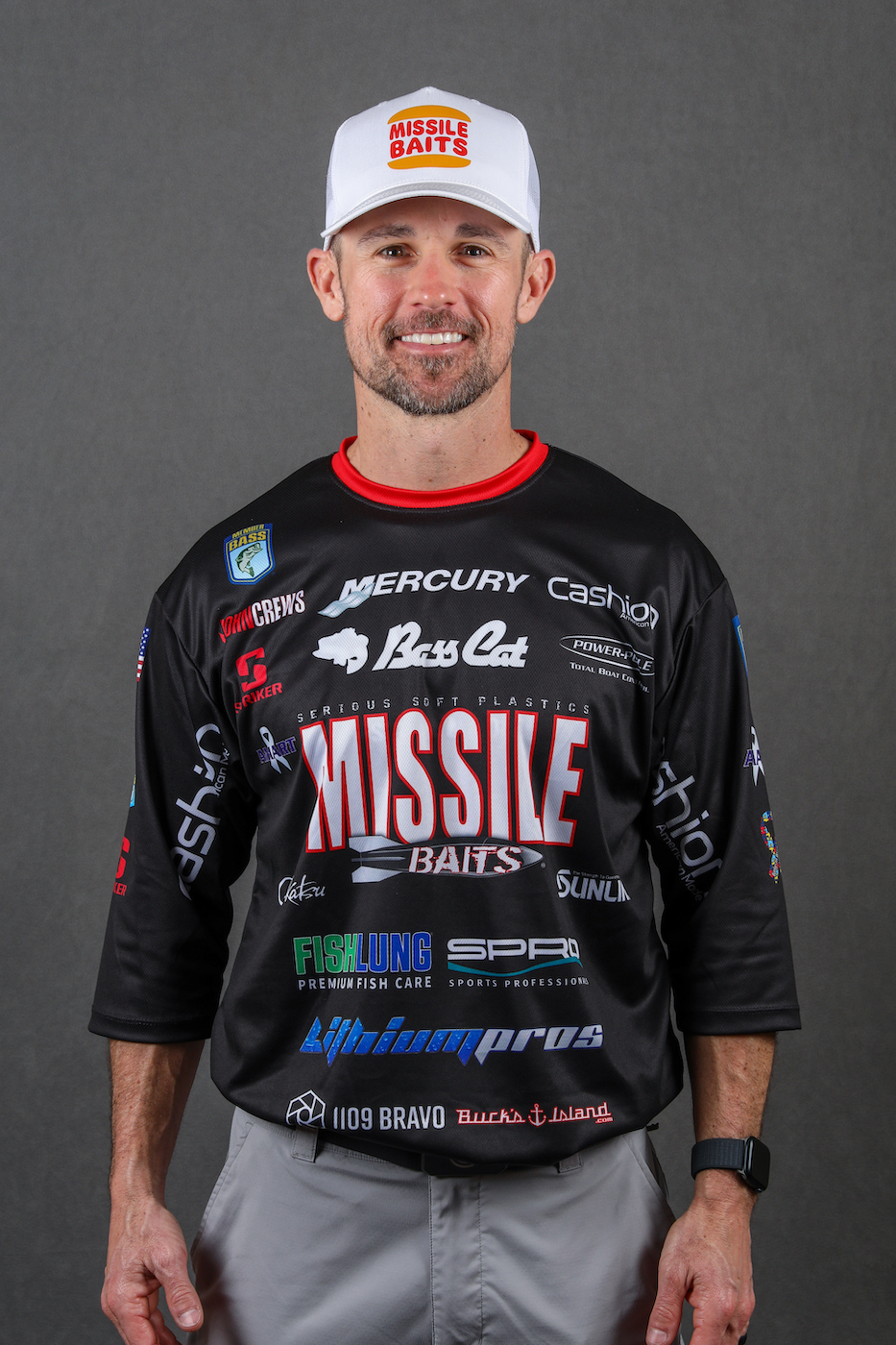
Technology on our bass boats has come a long way in the last number of years. I’m old enough to remember when side imaging was the hottest thing going. That is not the case anymore though. What’s available now is almost unbelievable in the detail it gives us, and it’s going to get better and better in the future.
There’s no doubt the new technology helps us catch bass, but the hidden secret is that many anglers don’t know how to use their electronics. They don’t know what they’re looking at when they see something.
The type of technology available to bass anglers right now includes side scan, down scan, 360 scan around the boat, directional GPS systems, forward-facing 2D sonar, forward-facing 3D sonar and good old 2D sonar. I mean those terms to be generic. Each company has their own name for what they offer.
All that’s a lot to process. The place to start is with your operator’s manual. Take it with you to the lake. Leave your rods in the locker. Practice until you know what your system will do and how to operate it. Also learn to go back to factory settings when things get all out of whack.
With those things in mind lets talk about some of the newer technology that’s available. You may not have it now, but you will the next time you upgrade.
The hottest topic in electronics for more than the last year is forward-facing sonar. Garmin LiveScope was the first one to come out with a clear image you can use out over 50 feet in front of your boat to see fish, cover, structure and even your bait. Lowrance launched their Active Target about a year ago, and it has shown to be a formidable competitor to LiveScope. The Humminbird Mega Live is now out, but I’ve not seen enough of it to know how it will perform.
A lot of anglers think that all you have to do is drop the trolling motor and turn on your forward-facing sonar. They expect to see fish, throw to them and then wind them back to the boat. They quickly realize, however, that it doesn’t happen that way.
After fishing with LiveScope for a year, I utilize it for finding cover to throw towards about 70% of the time. I see the fish about 30% of the time. Other anglers might disagree, but seeing cover and throwing to it makes me more efficient. I don’t need to see the fish all the time.
Once you have that unit set up correctly, you will only see your lure out to about 60 feet from the boat. You may see individual fish out to 100 feet, but it starts to get fuzzy after about 60. That’s good, but you still have to be in the right general area.
Here’s the thing: Finding bass by idling around and looking for cover and fish has been around since the days of The Little Green Box. The places you should be looking for, and at, are obvious. Points, ledges, humps, docks, stumps, brushpiles, sudden depth changes and the like have held bass for 100 years, and they’ll hold them for another 100 years.
Any type of technology will help you find those things if you’re in the right area.
And I don’t care what type of technology you’re using, telling what is a bass and what isn’t is tricky. Bass tend to be near cover but so are catfish, crappie and other game fish. Bass tend to be in small groups of two to 10 fish. Crappie are generally in larger groups and stack vertically. Catfish and other bottom feeders tend to run around as single fish. Big bass also tend to run around as singles. Telling the difference is tough.
Knowing the things I just mentioned will help you determine what you’re looking at, but there’s no replacing time on the water and experience. It’s as much art as it is science.
Another thing to keep in mind is that bass live around cover. Modern sonar has such crisp resolution that you can often see each limb of the tree and the fish separate. Sometimes, though, it’s hard to see the fish unless they’re off the cover by a few feet.
What I’m saying is confusing. I know that. That’s one big reason why I look for cover and structure more than I do fish. There are exceptions to what I just said, but they are few and far between. I’ve found that’s the best way for me to stay competitive in the Bassmaster Elite Series. I think a lot of anglers would be well advised to do the same.





